Stroom Invest interviews / curator Mizuki Endo
The Vietnamese contemporary art scene is still in its infancy, but in full development. Mizuki Endo sees it as a challenge to be part of the expanding movement and likes to support Vietnamese artists. He is a curator, art consultant and writer based in Japan and Vietnam. Since 2011 he works as the executive director of Higashiyama Artists Placement Service (HAPS) in Kyoto, and since 2017 as the artistic director of Vincom Center for Contemporary Art (VCCA) in Hanoi. Endo wants to talk, but even if he thinks it over, he is still very careful in what he says. A wrong decision can have unintended consequences.
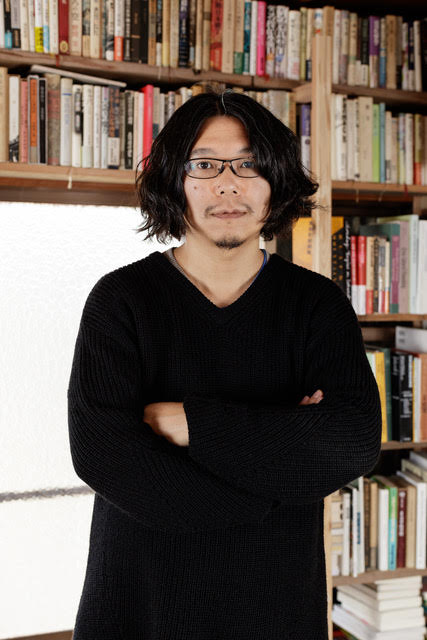
Why did you become a curator and an art consultant?
“An event that greatly influenced my decision was when I received a prize for young curators in 2005. It was the third Lorenzo Bonaldi Art Prize which is organized by Galleria d’Arte Moderna e Contemporanea di Bergamo (GAMeC). It gave me the opportunity to realise an award-winning exhibition. And it triggered me to think about the roles an institution plays, the functioning of exhibitions and all kinds of media and the possibilities of curatorship. At that time, I received a PhD in anthropology. So, I changed direction. I left the academic track and wanted to be a professional curator.”
How do you see your role as a curator and an art consultant?
“My role as curator positions me between the artworks, the institutions, and the public. These three entities are always in flux and transition. This creates many uncertain situations and challenges. I often see myself as a facilitator who wants to work in these complex and changing situations. It can be a bit of a balancing act. I will often serve as a bridge or connector, perhaps a messenger, sometimes translator, creating introductions and developing opportunities for relationships between these three.
My duties as a curator are organising exhibitions as well as residency and support programs. In addition, I take care of publications and establish artist-run-spaces and events. It is customary for my curatorial practice to become even more complicated and extensive in other contexts. As a curator I present artworks that can be challenging, unusual and contemporary. Therefore, education also plays a key role in my curatorial practice. Contemporary art can challenge people’s expectations about what art is and can raise questions that hopefully develop a dialogue between the viewer and the artworks. It pleases me to see people, often families, visiting our exhibitions in VCCA. And knowing that they be familiar with traditional art and this may be the first time that they are entering in contact with contemporary art.”
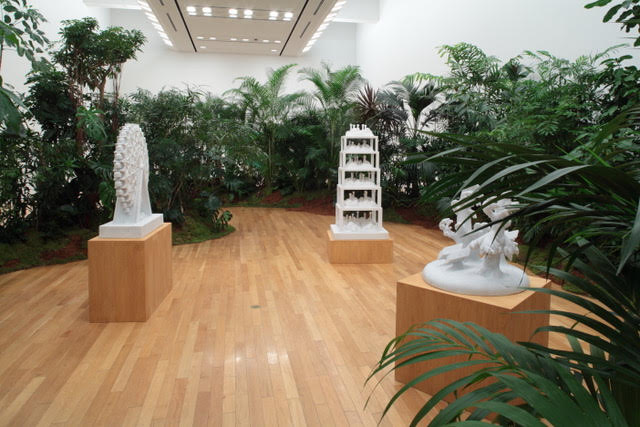
You already worked in Japan, why did you decide to work in Vietnam as well?
“I saw it as a challenge and preparation for the future. As you may know, Japan’s population and economic power are diminishing. While Japan is getting older with low birth rates, Vietnam has a young and growing population with an expanding economy. I wanted to experience these differences and similarities between Japan and Vietnam. Furthermore, I hoped to learn and develop mutual agreements, especially on cultural issues. What also brought me to Vietnam is my interest in Vietnamese art history regarding French colonisation and the Vietnam/American War. The contemporary art scene in Vietnam is relatively young and it’s exciting to experience that and be part of its development.”
What are the consequences of 'doi moi' for the contemporary art scene in Vietnam?
“In Vietnamese ‘doi moi’ means ‘renovation’. It is an economic reform in Vietnam in the late 80s, the Vietnamese version of the Perestroika. Just as was the case with the Perestroika and the dissolution of the Soviet Union, doi moi led to the opening of markets and the transition to a market economy in Vietnam. This made individual expression possible within a domestic art market. In addition, social realism and propaganda art declined. The consequences for the art scene are rather complex. Individual expression is central to the first generation of post-doi moi. Suddenly artist could sell art works. The second generation of post-doi moi, from the late 90s until 00s, brought new styles and media from the international art scene to Vietnam, like pop art, conceptualism, minimal art, installation art and video art. Performances became an important medium because it can avoid censorship. Young artists belong to the third generation after the doi moi. They make contemporary art in a similar way as in Europe and America, while others look for a way to discover the uniqueness of Vietnamese art in terms of material, technique and concept.”

You mentioned censorship. What does that mean for the art scene?
“In Vietnam there is government censorship. Art exhibitions and art events require governmental approval. Political content and obscene expression are strictly controlled. There are detailed restrictions on political issues related to historical facts, communist party legitimacy, international relations, current social agendas, and so on. I experience censorship in every exhibition. There are no standards or defined rules for censorship, so artists never know for sure what is allowed. The essence of censorship is dominated by partiality, triviality and incomprehensibility.”
As a curator of a contemporary art museum, what are the challenges to meet today's needs?
“I have been working as an artistic director at VCCA in Hanoi since its establishment. VCCA is the first large-scale center for contemporary art. Vietnam is now in their economic growth. They are now members of national society, but there is a lack of information and understanding about the history of contemporary art because of the war that raged from the 1960s to the 1980s. All contemporary art information is still quite new here. I keep this in mind during my curatorial practice, where I often try to keep things simple and not to overwhelm. As a curator I want to mediate in the right way and to build a bridge between the local and international art scene. I do not intend to introduce only advanced cultures, such as Western contemporary art here. Vietnam has its own unique art history. I want to respect that as much as possible. Little by little I try to find a right and good way to mediate between the local and international art scene.”
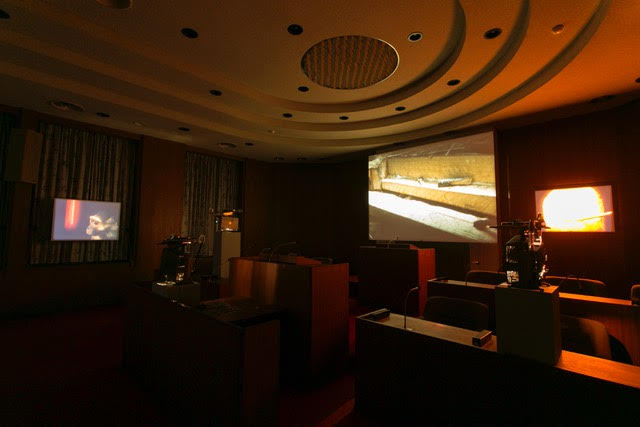
Are there other places in Vietnam displaying contemporary art?
“Yes, there are other highly regarded contemporary art spaces in Vietnam, such as Nha San Collective, Manzi, Heritage Space, San Art and The Factory, but the addition of VCCA with its location, resources, organisation and size offers even more opportunities. The establishment of a contemporary art center of this scale increases the participation and interaction of both artists and the public with contemporary art through exhibitions, concerts and educational programs.”
How can contemporary art in Vietnam be given a better understanding and more exposure?
“Vietnamese artists must correctly place their positions in the context of contemporary art. The local art scene in Vietnam is quite conservative and art education is led and directed by the communist party. Students only learn technical matters. There are no curators and no attention is paid to the conceptual aspects of art. At the same time, young artists obtain information about contemporary art via the internet. There is a big gap. If you want to become an artist, you are offered traditional art and at the same time you know what is going on in the international art scene. Young artists must find the right balance to represent themselves in the local or international art scene. Every artist must think about the role of artworks, exhibitions and their artistic practice. It is important that every artist is aware of the differences in the local, Asian and international art systems. Hopefully they can escape from clichés such as issues about the East and the West and look for alternative practices that re-examine the role of art in society.”
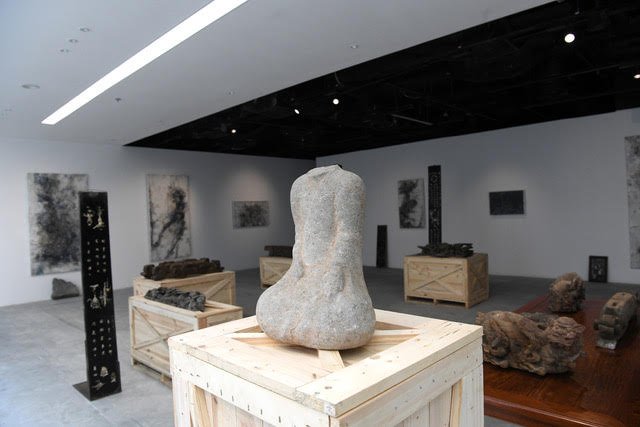
What are you currently working on?
“HAPS in Kyoto and VCCA both have a support program. I always research young artists. I would like to come up with unique support programs and educational programs that match the specific local context. For example, we started this year a support program for young Vietnamese artists with VCCA. We organise lectures, workshops, residences abroad, exhibition opportunities and publications. The artists can get any kind of support individually. The plan is to send five young artists abroad every year. I have discovered that only a few and often the same artists in Hanoi have access to the international art scene. Due to language barriers, financial constraints, unavailable resources and a lack of foreign experiences, it is difficult for most young Vietnamese artists to imagine what it takes for their artworks to be appreciated outside of Vietnam. I really want to change this situation.”
What do you like most about your job?
“Studio visits! They are the privilege of a curator. In Vietnam, most artists split up their studio. One side is for commercial work and the other for their personal experimental works. There is an industry for souvenir paintings. In Hanoi you see a lot of these paintings on the street. There are hardly any good museums or established art galleries here, so artists make money with souvenir paintings.”
What do you expect from the Invest Week?
“Studio visits and conversations with artists always make me happy. I also want to learn how Stroom supports artists. That can be useful for the future VCCA program.”
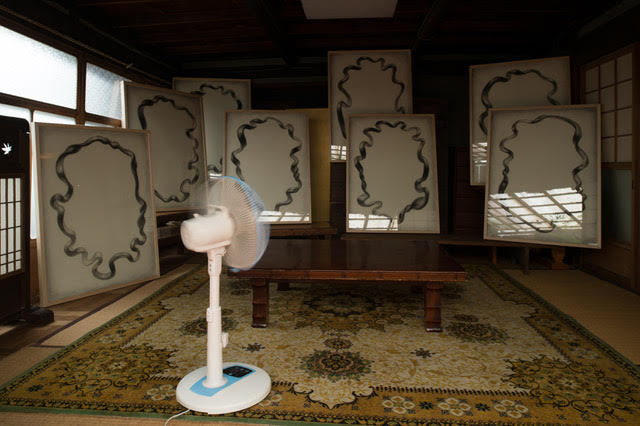
————————————–
In a collaboration between Jegens & Tevens and Stroom Den Haag a series of interviews will be published with (inter)national curators, artists and critics participating in Stroom’s Invest Week 2019.
The Invest Week is an annual 4-day program for artists who were granted the PRO Invest subsidy. This subsidy supports young artists based in The Hague in the development of their artistic practice and is aimed to keep artists and graduates of the art academy in the city of The Hague. In order to give the artists an extra incentive, Stroom organizes this week that consists of a public evening of talks, a program of studio visits, presentations and a number of informal meetings. The intent is to broaden the visibility of artists from The Hague through future exhibitions, presentations and exchange programs. The Invest Week 2019 will take place from 17th to 21th June.